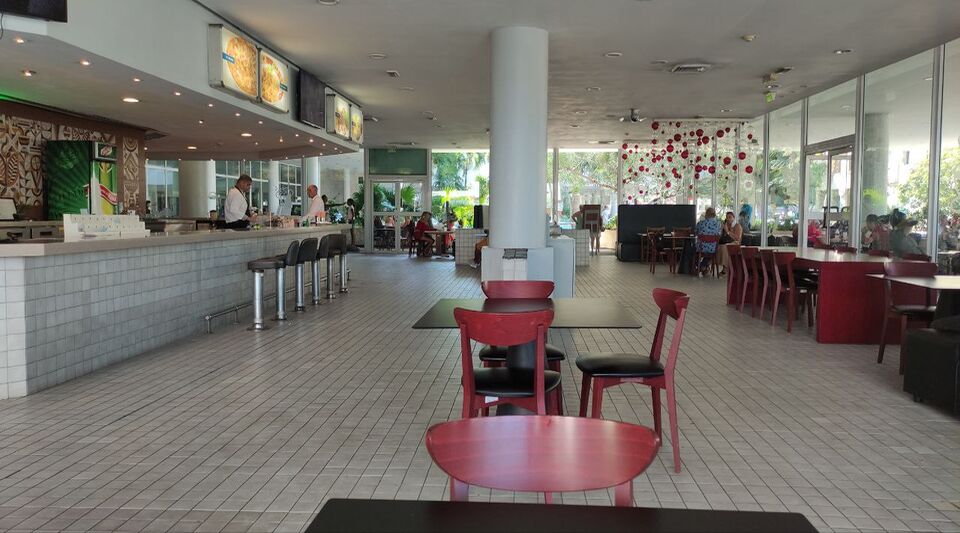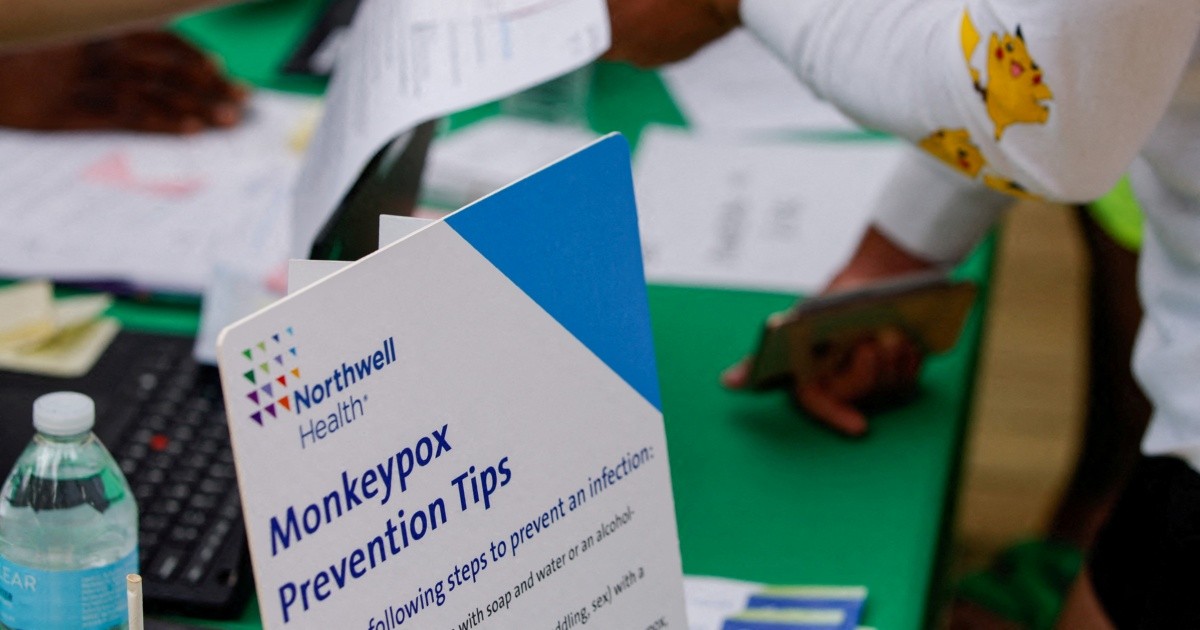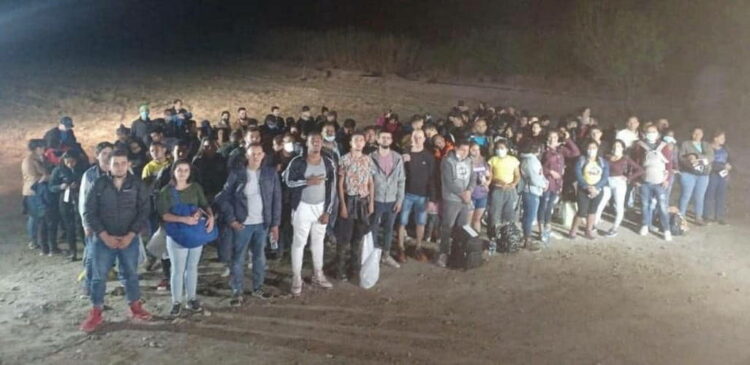La Rampa cafeteria, with its terrace sheltered from the street flow of 23, has seen better times. Located in the Habana Libre hotel, it has suffered the same fate as the establishment that hosts it and has become an inn of little ancestry, whose prices do not give rest to the hungry citizen.
Destined to be one of the most luxurious on the continent, the former Hilton opened its doors in 1958 and was nationalized by Fidel Castro just two years later. Time and underdevelopment have lowered its category many times, but nothing, not even the resounding Special Period, compares to the debacle that it is going through today and that has already reached its gastronomic establishments without prices being adequate to the poverty of the offer.
At the entrance to La Rampa, the shop assistants place a battered black banner with the menu of the day written in chalk very early in the morning. A ham and cheese sandwich costs 250 pesos; a juice, 100; depending on the quantity, the coffee will be worth 30, 60 or 70, and for those who are in the mood, at that time, to serve a drink of 150 pesos, you can choose between a mojito, a daiquiri and a cubalibre.
There is nothing else. Inflation and the lack of products pull everyone on their own, so that not only is supply expensive, but there is no supply at all.
“This table is dirty,” the woman scolds, “you can’t sit there.” “Well, clean it,” they rebuke, for whom the state of the cafeteria is inconceivable
A waitress, very busy scaring away two foreigners who have chosen her place, is slow to write down the Cubans’ order. “This table is dirty,” the woman scolds, “you can’t sit there.” “Well, clean it,” they rebuke, for whom the state of the cafeteria is inconceivable.
At last it is possible to demand something to eat and when, after a long wait, the food arrives at the table, the Cuban devours it quickly and bitterly. The “natural” juice is actually an artificial preparation to which too much ice has been added, the tiny bread, baked with wholemeal flour, is pale and tasteless. The worst: the cook had no qualms about frying “chopped” sweet potato flakes, that is, bitten by insects, and the leafhoppers have a black border.
The total cost of a lunch is 400 pesos. As the hotel is partially managed by the Gran Caribe company and not by the almighty Gaviota, there is still the option of paying in cash. Otherwise, it would be necessary to deliver a magnetic card that not all Cubans have.
Without leaving there, there are other examples of the sad decline of Habana Libre. The candy store 25 and L, before exquisite sweets, even despite the pandemic, offers empty refrigerators, and only a few small, lackluster pieces are offered. “And thank you that there are four sweets!” Exclaimed an ironic client this Wednesday. Now if you want to buy cake, You have to come when they open.”
The El Polinesio restaurant, once the gastronomic pride of the hotel, follows the same route as the cafeteria and candy store.
As soon as they approach the entrance of the premises, the client is struck by the smell of humidity and accumulated fat that the carpet stores
As soon as they approach the entrance of the premises, the client is struck by the smell of humidity and accumulated fat that the carpet stores. Where before was the roasting area for its mythical barbecue chicken, which diners could see while it was browning on the firewood, now there is only a useless and dusty area. Of the decoration that recalled the wildlife of Polynesia, a few masks remain on the wall and some wooden trunks covered with flies.
Despite this, it is necessary to make a reservation to eat on the premises. “You have to call or come the day before,” explains one of the waiters. After the culinary disappointment at La Rampa, reading the menu at El Polinesio is enough to not eat there. All the dishes exceed 300 pesos, and the famous chicken reaches 500, although it has little to do with the recipe of yesteryear.
Ordering a coffee or a sandwich in a hotel cafeteria and spending time in a different environment was something affordable even for some Cubans capable of making the economic effort in exchange for cheating the routine and heat of Havana.
Inflation and recent measures by the Ministry of the Economy to capture as much currency as possible have made this option impossible for the majority of the population, for whom even several salaries are not enough to cover a lunch.
“Where does the rope break? On the weaker side,” he commented this friday in networks a user who attributed his decision not to consume again in the prestigious Manzana, Parque Central, Packard or Paseo del Prado hotels to the “crazy monetary rearrangement”. “Bye bye, cubanitos; bye bye, terraces of Havana”, he wrote. In the case of Habana Libre, luxury is paid for, but not found.
________________________
Collaborate with our work:
The team of 14ymedio is committed to doing serious journalism that reflects the reality of deep Cuba. Thank you for joining us on this long road. We invite you to continue supporting us, but this time becoming a member of our newspaper. Together we can continue transforming journalism in Cuba.








